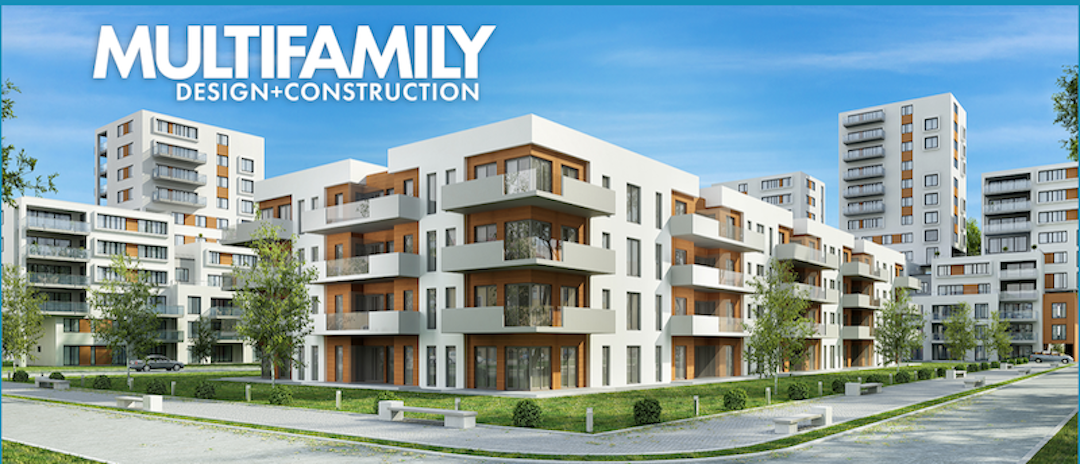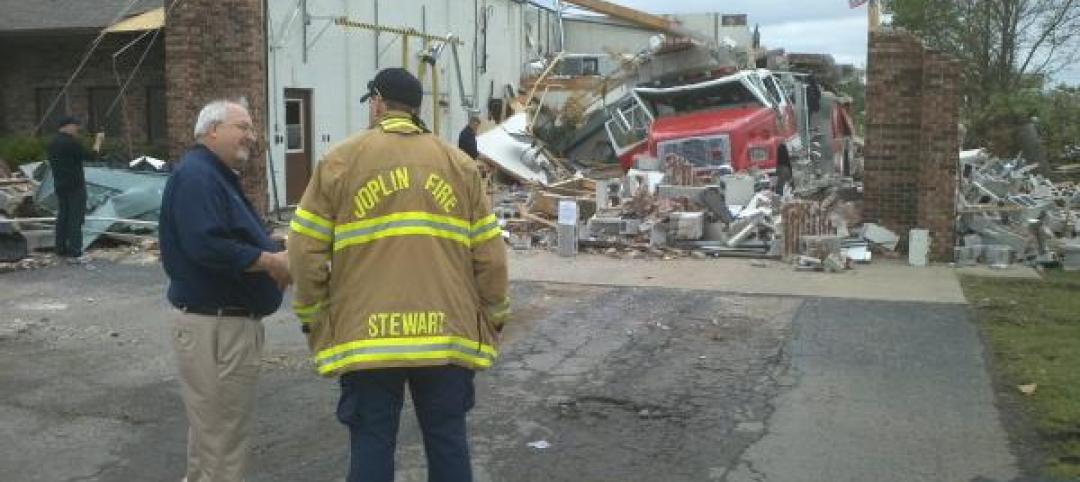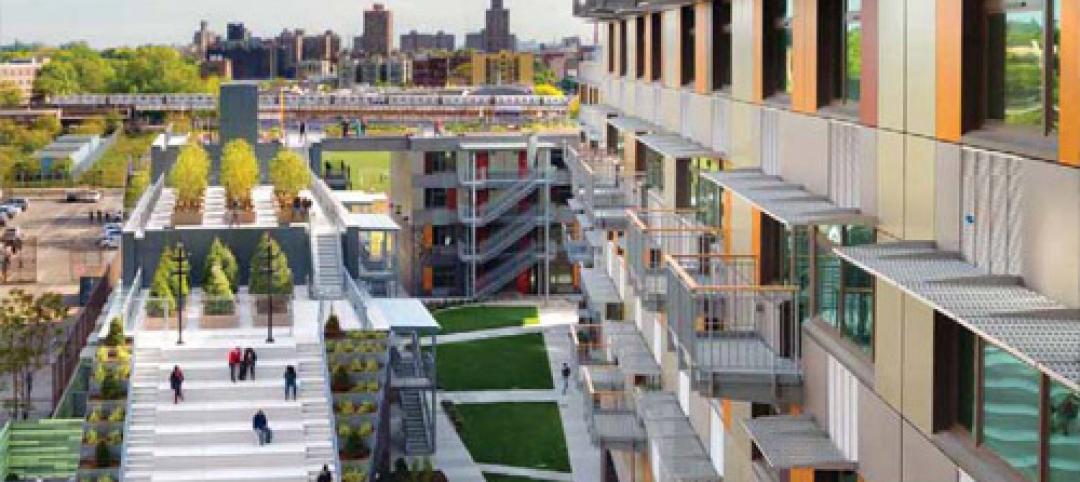Early results from the 2021 “Multifamily Amenities Survey” from MULTIFAMILY Design+Construction show that the majority of respondents – multifamily developers, apartment operators, architects, contractors, and others in the apartment/condominium sector – either modified their amenities, added new ones, implemented amenity innovations, or took out some amenities from their customary offerings – all in response to the Covid-19 pandemic.
“We’re taking Covid seriously in all aspects,” said one respondent. Another said, “We’re rethinking and reimagining amenities packages to be safer and healthier.”
Multifamily housing owner/operators reported having to close recreation facilities due to the pandemic – a sore point for many residents who love their fitness centers, pools, and hospitality areas. One developer noted the burden of “increased cost for cleaning/maintenance.” Another said their company was able to reopen its swimming pools after temporary closure, but with reduced capacity. Apartment property managers have had to temporarily close dog parks, outdoor grilles and kitchens, and children’s playgrounds, depending on local Covid directives.
But a significant chunk of respondents said they’re sticking with what they’ve always provided. As one respondent put it, “We have not cut back the usual high-quality amenities as we feel the long view will be back.”
Yet many respondents expressed concerns about the long-term effect of the Covid-19 pandemic on their properties in the future. “Since Covid, customers want more from their home,” said a respondent. “They need more places for children to learn and more places for them to work from home. This creates a need for more technological advancement.”
GET ALL THE DATA FROM OUR 3 AMENITIES SURVEYS
This is the 3rd biannual Amenities Survey sponsored by MULTIFAMILY Design+Construction and its sibling publication, Building Design+Construction. This year's survey measures 124 amenities data points. In the final report, the results of the 2021 survey will be compared to the data from the 2017 and 2019 Amenities Surveys.
The survey is open to Multifamily developers, property managers, architects/designers, and builder/contractors. Those who complete the survey will receive a comprehensive PDF report comparing the data from all 3 surveys before anyone else gets the data. (Non-respondents will have wait for publication and register online to get the PDF report.) Click here to get started.
SPACE PLANNING AND ALLOCATION ON THEIR MINDS
Responses from just the first week show that multifamily real estate, design, and construction professionals are struggling with how to deal with planning and space allocation as a result of the pandemic.
“We have added work-from-home spaces within unit plans as well as additional small gathering spaces in amenity areas,” said one respondent. Another said “individual work pod rooms for residents working from home but don't want to be in their residential units” was a priority.
Yet another said “the latest client request” has been to introduce a shared work space room with individual work pods and a lounge area with coffee/drink station.
“We moved furniture and equipment to meet social distancing requirements,” a respondent replied. Another added acrylic screens at reception desks in its properties.
One respondent’s company is “paying more attention to materials and furniture, fixtures, and other products that are easily cleanable.” Another has been installing air purification systems as a retrofit in amenity spaces and elevator areas.
BIGGEST CONCERN: DEALING WITH WORK FROM HOME
Many respondents reported efforts to respond to the skyrocketing work-from-home demand, such as:
- In-residence work nooks
- Privatized work/study spaces on each floor to serve work from home
- Outdoor workstations
- Larger apartment unit sizes to accommodate work from home
- Isolation rooms for shared living units
Others have installed outdoor fitness options, placed sanitizing stations around their communities, and added touchless access controls. ICovid instructional signage in shared areas, third-party resident virtual events, and hands-free entry doors at the clubhouse and on fixtures in common area bathrooms were among other actions taken by respondents.
One developer, whose current projects were still in the design development phase, was able to change the design to add exterior balconies and in-home work nooks for every apartment.
One developer was considering “multiple smaller social spaces rather than one large gathering area, and more individual small-group breakout areas.” Another said future developments would “disperse amenities throughout the project rather than in one mega-amenity,” and put more investment in outdoor spaces.
As one respondent concluded, “We believe many [occupiers] will continue to work from home at least part time after the pandemic, so we’re recommending more communal working space, such as coworking with private spaces."
COVID-RELATED AMENITIES NOT THE WHOLE STORY
Many respondents had introduced other new offerings in their amenity packages in the last two years, notably:
- Rooftop track/walking path
- Free Wi-Fi
- Dog-friendly streetscapes
- Rooftop off-leash dog park
- Picnic gazebo
- Rock climbing
- Pickleball courts (see “Pickleball, anyone?”)
Among the more interesting and unusual amenity upgrades cited:
- Senior in-house medical space
- Hydroponic farm/aquaculture
- Food truck
- Circadian lighting
Individual developments added art spaces, galleries, music practice rooms, and chess tables.
TECHNOLOGY IMPROVEMENTS OF INTEREST, TOO
Some survey respondents said they were “addressing the need to provide increased electrical power needs to individual units" – perhaps yet another response to the work-from-home phenomenon.
Others added extra electrical for charging cellphones and laptops outside, as residents choose to work outdoors as much as possible.
Several multifamily housing firms also added electric vehicle charging outlets in their garages.
Some property managers apparently were keen to make renters more aware of their utility usage, by installing water and electricity meters in individual living units.
Security upgrades and better package management systems were also on the list of technological improvements.
DON’T WAIT – START THE SURVEY NOW!
The survey is open for your input. Click here to get started.
Related Stories
| Jun 19, 2013
New York City considers new construction standards for hospitals, multifamily buildings
Mayor Michael Bloomberg’s administration has proposed new building codes for hospitals and multifamily dwellings in New York City to help them be more resilient in the event of severe weather resulting from climate change.
| Jun 17, 2013
DOE launches database on energy performance of 60,000 buildings
The Energy Department today launched a new Buildings Performance Database, the largest free, publicly available database of residential and commercial building energy performance information.
| Jun 13, 2013
AIA partners with industry groups to launch $30,000 'Designing Recovery' design competition
The program will award a total of $30,000 to three winning designs, divided equally between three locations: Joplin, Mo., New Orleans, and New York.
| Jun 12, 2013
5 building projects that put the 'team' in teamwork
The winners of the 2013 Building Team Awards show that great buildings cannot be built without the successful collaboration of the Building Team.
| Jun 11, 2013
Vertical urban campus fills a tall order [2013 Building Team Award winner]
Roosevelt University builds a 32-story tower to satisfy students’ needs for housing, instruction, and recreation.
| Jun 11, 2013
Finnish elevator technology could facilitate supertall building design
KONE Corporation has announced a new elevator technology that could make it possible for supertall buildings to reach new heights by eliminating several problems of existing elevator technology. The firm's new UltraRope hoisting system uses a rope with a carbon-fiber core and high-friction coating, rather than conventional steel rope.
| Jun 5, 2013
USGBC: Free LEED certification for projects in new markets
In an effort to accelerate sustainable development around the world, the U.S. Green Building Council is offering free LEED certification to the first projects to certify in the 112 countries where LEED has yet to take root.
| Jun 4, 2013
SOM research project examines viability of timber-framed skyscraper
In a report released today, Skidmore, Owings & Merrill discussed the results of the Timber Tower Research Project: an examination of whether a viable 400-ft, 42-story building could be created with timber framing. The structural type could reduce the carbon footprint of tall buildings by up to 75%.
| Jun 3, 2013
6 residential projects named 'best in housing design' by AIA
The Via Verde mixed-use development in Bronx, N.Y., and a student housing complex in Seattle are among the winners of AIA's 2013 Housing Awards.
| Jun 3, 2013
Construction spending inches upward in April
The U.S. Census Bureau of the Department of Commerce announced today that construction spending during April 2013 was estimated at a seasonally adjusted annual rate of $860.8 billion, 0.4 percent above the revised March estimate of $857.7 billion.
















